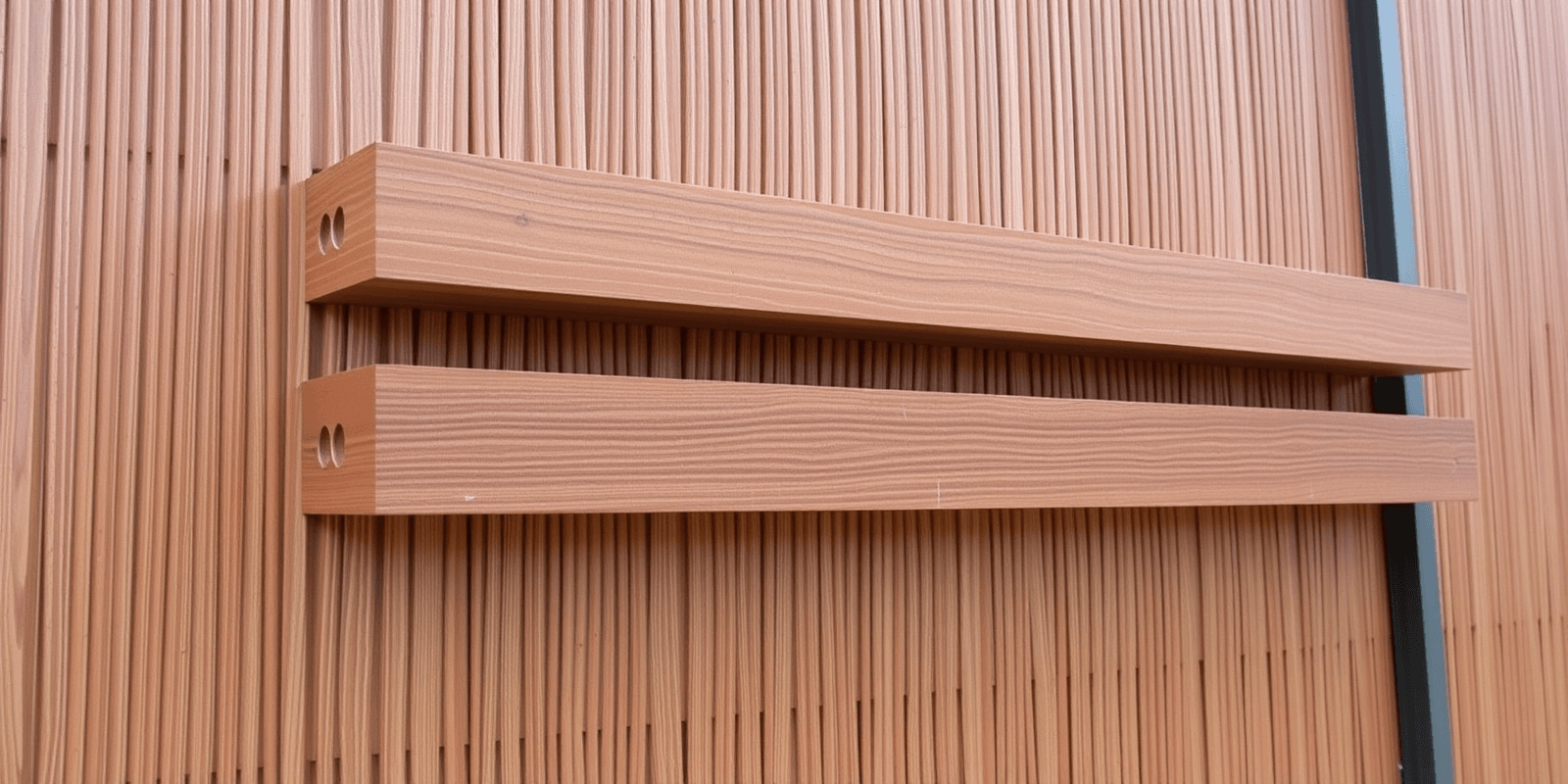Sustainable WPC materials
The Rise of Sustainable Wood-Plastic Composites
Wood-Plastic Composites (WPCs) are revolutionizing the construction and manufacturing industries with their eco-friendly properties. These materials combine the best of both worlds by blending wood fibers with plastic, creating a durable and versatile product that can be used for a wide range of applications. This article will explore the latest advancements in sustainable WPC materials, highlighting their numerous benefits over traditional wood and plastic. We’ll also discuss some successful projects and the positive environmental impacts they’ve had.
Advancements in Sustainable WPC Materials
Recent developments in sustainable WPC materials have led to improved performance and reduced environmental impact. One major advancement is the use of bio-based plastics derived from renewable resources such as corn starch or sugarcane. These materials can replace petroleum-based plastics, reducing reliance on fossil fuels and decreasing greenhouse gas emissions. Additionally, researchers have developed methods to incorporate recycled wood fibers into WPC formulations, further enhancing their sustainability credentials.
Benefits Over Traditional Wood and Plastic
Sustainable WPC materials offer several advantages over traditional wood and plastic products. Firstly, they are more resistant to moisture, rot, and insect damage, which extends their lifespan and reduces maintenance costs. Secondly, they require less energy to produce compared to conventional wood products, resulting in lower carbon footprints. Lastly, WPCs can be easily recycled at the end of their life cycle, making them a more sustainable choice than single-use plastics.
Successful Projects Utilizing Sustainable WPC Materials
Several notable projects have demonstrated the potential of sustainable WPC materials. For instance, the city of Amsterdam installed WPC decking made from 100% recycled materials in its public parks, providing a durable and aesthetically pleasing surface while reducing waste. Another example is the GreenBridge project in Germany, which utilized bio-based WPC materials for bridge construction, showcasing the material’s strength and versatility. These projects not only highlight the practical applications of sustainable WPCs but also underscore their positive impact on the environment.
The Impact on Reducing Environmental Footprint
By adopting sustainable WPC materials, we can significantly reduce our environmental footprint. According to a study published in the Journal of Cleaner Production, the production of WPCs results in up to 50% fewer greenhouse gas emissions compared to traditional wood products. Furthermore, using recycled wood fibers in WPC formulations can divert millions of tons of waste from landfills each year. As awareness of climate change continues to grow, sustainable WPC materials represent a promising solution for building a greener future.
Conclusion
As the world becomes increasingly conscious of its environmental impact, sustainable WPC materials are poised to play a crucial role in shaping the future of construction and manufacturing. Their unique combination of durability, versatility, and eco-friendliness makes them an attractive alternative to traditional wood and plastic products. By continuing to invest in research and development, we can unlock even greater potential for these innovative materials and pave the way towards a more sustainable world.

